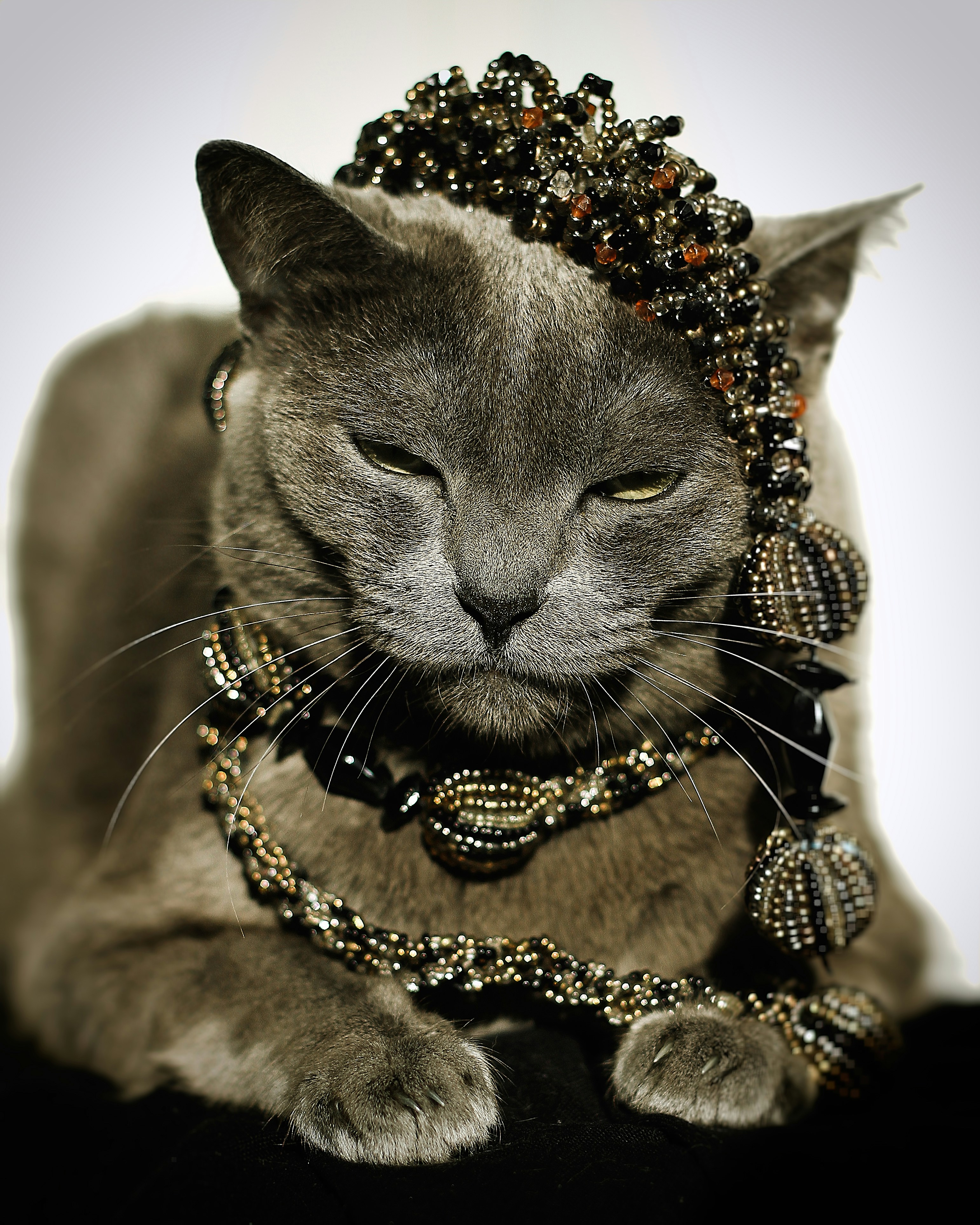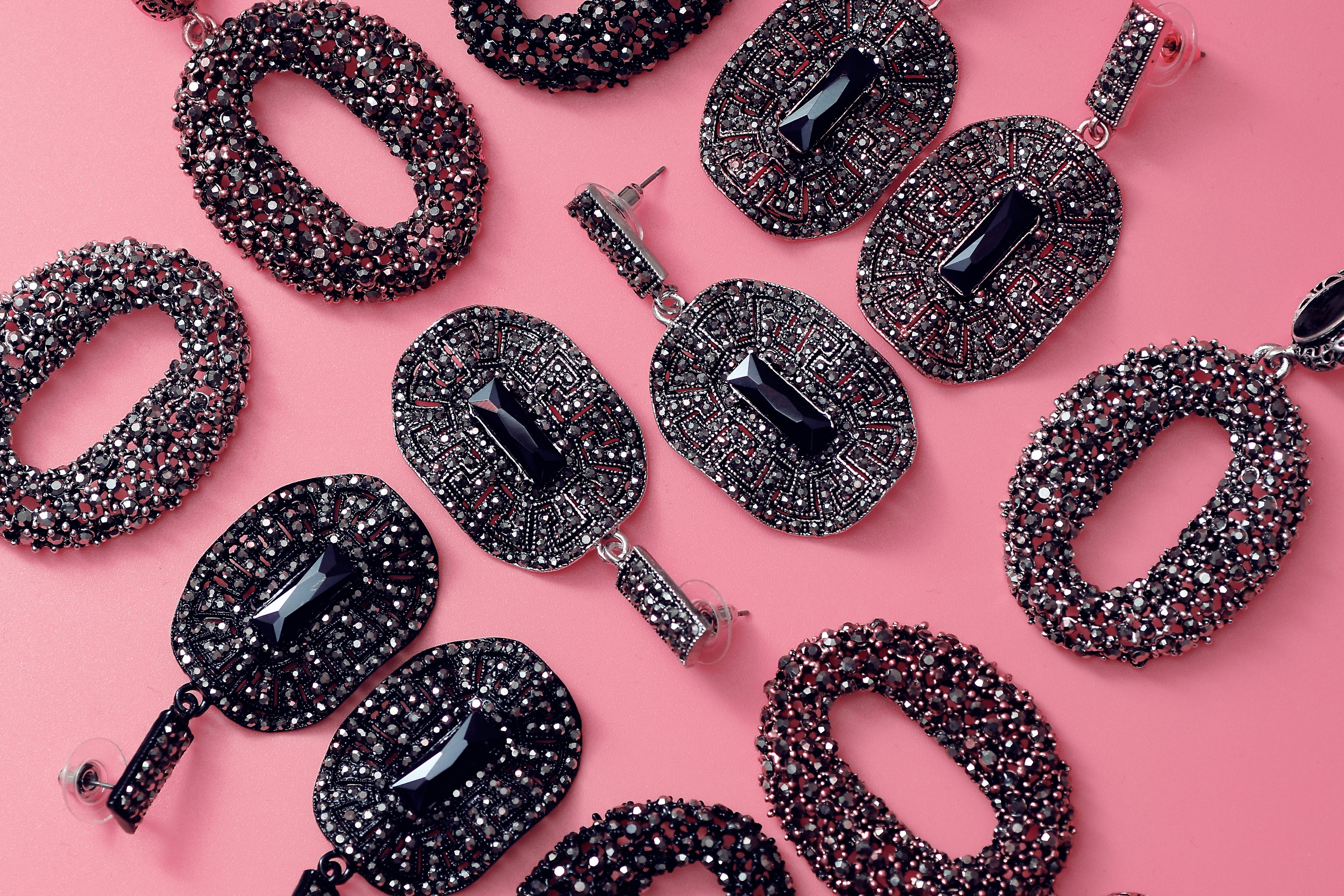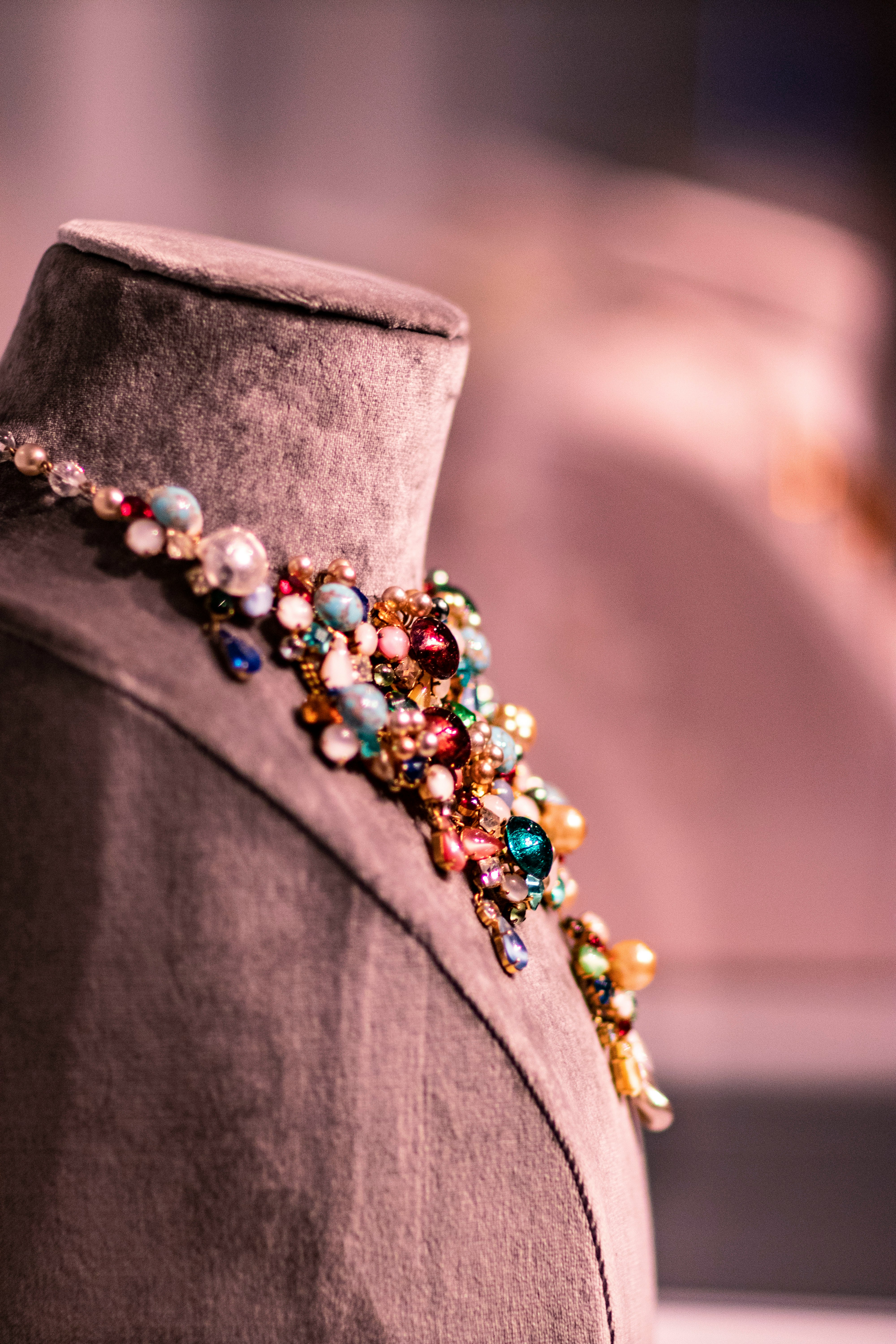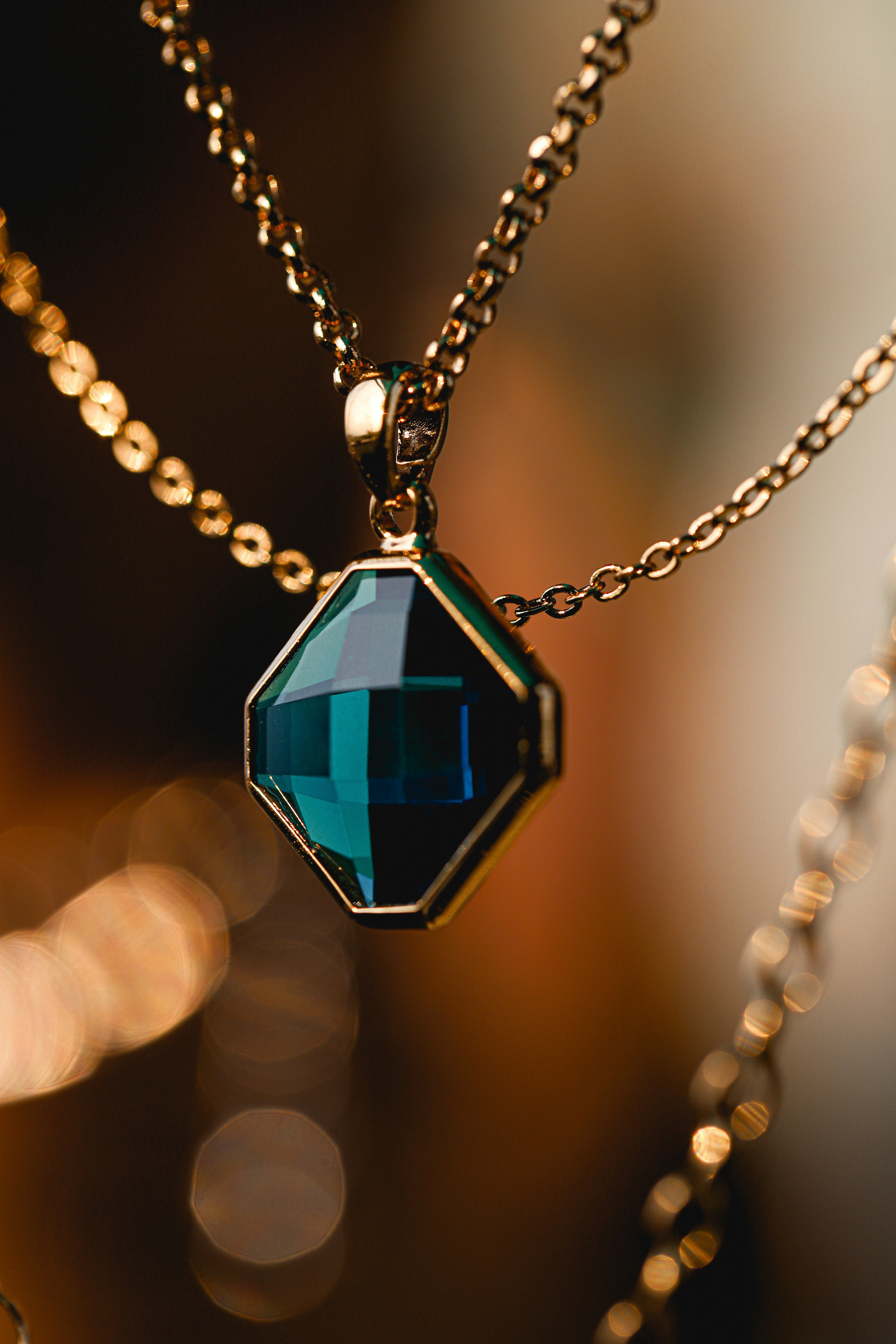What Is Victorian Jewelry
Alexander Kellerson

Introduction to Victorian Jewelry
Victorian jewelry refers to the exquisite and diverse range of jewelry styles produced during the reign of Queen Victoria from 1837 to 1901. This era witnessed significant changes in fashion and jewelry design, reflecting the cultural, social, and technological advancements of the time. Victorian jewelry is highly sought after today for its historical value, intricate craftsmanship, and romantic designs.
The Historical Context of Victorian Jewelry
The Victorian era was marked by profound changes and innovations, influencing various aspects of daily life, including jewelry. Queen Victoria's personal taste and significant life events, such as her marriage to Prince Albert and his subsequent death, deeply impacted the styles and themes of the jewelry produced during this time. Jewelry from this era serves as a historical record, reflecting the sentiments and societal norms of Victorian Britain.
Characteristics of Early Victorian Jewelry (1837-1850)
Early Victorian jewelry, also known as the Romantic Period, is characterized by its intricate designs and sentimental motifs. Pieces often featured natural elements such as flowers, leaves, and birds, symbolizing love and beauty. The use of gold was prevalent, often adorned with colorful gemstones like emeralds, rubies, and sapphires. This period also saw the rise of lockets and brooches, which were popular for their personal and romantic connotations.
Mid-Victorian Jewelry (1860-1880): A Shift in Styles
The mid-Victorian period, or the Grand Period, witnessed a shift towards more somber and substantial jewelry designs, influenced by the mourning of Prince Albert's death in 1861. During this time, mourning jewelry became prevalent, featuring dark materials such as jet, onyx, and black enamel. Additionally, intricate designs incorporating motifs like hearts, anchors, and crosses symbolized love, hope, and faith. Despite the somber themes, the craftsmanship remained exquisite, with a focus on detailed engraving and metalwork.
Late Victorian Jewelry (1880-1901): The Aesthetic Movement
The late Victorian era, also known as the Aesthetic Period, saw a return to lighter and more whimsical jewelry designs. This period was characterized by a fascination with art and beauty for its own sake, leading to more imaginative and elaborate pieces. Jewelry designs often included motifs inspired by nature, such as animals, insects, and flowers, and the use of brighter gemstones and enamel work became popular. The influence of other cultures, particularly Japanese art, also became evident in the designs of this period.
Common Materials and Techniques in Victorian Jewelry
Victorian jewelry is renowned for its diverse use of materials and techniques. Gold was the predominant metal, with both yellow and rose gold being popular choices. Silver also featured prominently, especially in pieces from the later part of the era. Gemstones such as diamonds, emeralds, sapphires, and rubies were commonly used, along with semi-precious stones like garnets, amethysts, and turquoise. Techniques such as engraving, filigree, and enameling were widely employed to add intricate details and vibrant colors to the jewelry.
Popular Themes and Motifs in Victorian Jewelry
Victorian jewelry is celebrated for its rich symbolism and thematic diversity. Common motifs included hearts, representing love; snakes, symbolizing eternity; and flowers, denoting various emotions and sentiments. Lockets and brooches often contained hidden compartments for keepsakes, adding a personal touch to the jewelry. Other popular themes included religious symbols like crosses and anchors, as well as mythical creatures and heraldic emblems, reflecting the Victorians' fascination with history and mythology.
Significance of Mourning Jewelry in the Victorian Era
Mourning jewelry held a special place in Victorian society, serving as a poignant reminder of the deceased. Following Prince Albert's death, Queen Victoria popularized the wearing of mourning jewelry, which became an essential part of Victorian mourning customs. These pieces were typically crafted from dark materials like jet, onyx, and vulcanite, and often featured symbols of grief such as weeping willows, urns, and crosses. Hairwork jewelry, incorporating the hair of the deceased, was also a common and deeply personal form of mourning adornment.
Victorian Jewelry and Symbolism: Decoding Hidden Messages
Victorian jewelry is rich with symbolism, often conveying hidden messages and sentiments. For example, a snake motif represented eternal love and wisdom, while acorns symbolized prosperity and strength. Flowers were particularly significant, with each type of bloom carrying its own meaning; for instance, roses symbolized love and passion, while lilies stood for purity. The use of gemstones also held symbolic value, with different stones believed to bring various benefits, such as protection, health, and luck.
Collecting and Caring for Victorian Jewelry Today
Collecting Victorian jewelry is a rewarding hobby for enthusiasts who appreciate the history and craftsmanship of the era. When purchasing Victorian pieces, it is essential to verify their authenticity and condition, as well as to understand the significance of their design and materials. Proper care and maintenance are crucial to preserving the beauty and integrity of these antique items. This includes regular cleaning with appropriate methods and storing the jewelry in a safe, dry environment away from direct sunlight and harsh chemicals.
Conclusion: The Lasting Legacy of Victorian Jewelry
The legacy of Victorian jewelry endures, with its timeless designs and historical significance continuing to captivate collectors and fashion enthusiasts alike. The era's unique blend of romanticism, symbolism, and exquisite craftsmanship has left an indelible mark on the world of jewelry design. Today, Victorian pieces are cherished not only for their beauty and artistry but also for the stories and sentiments they encapsulate, making them treasured heirlooms and valuable additions to any jewelry collection.





